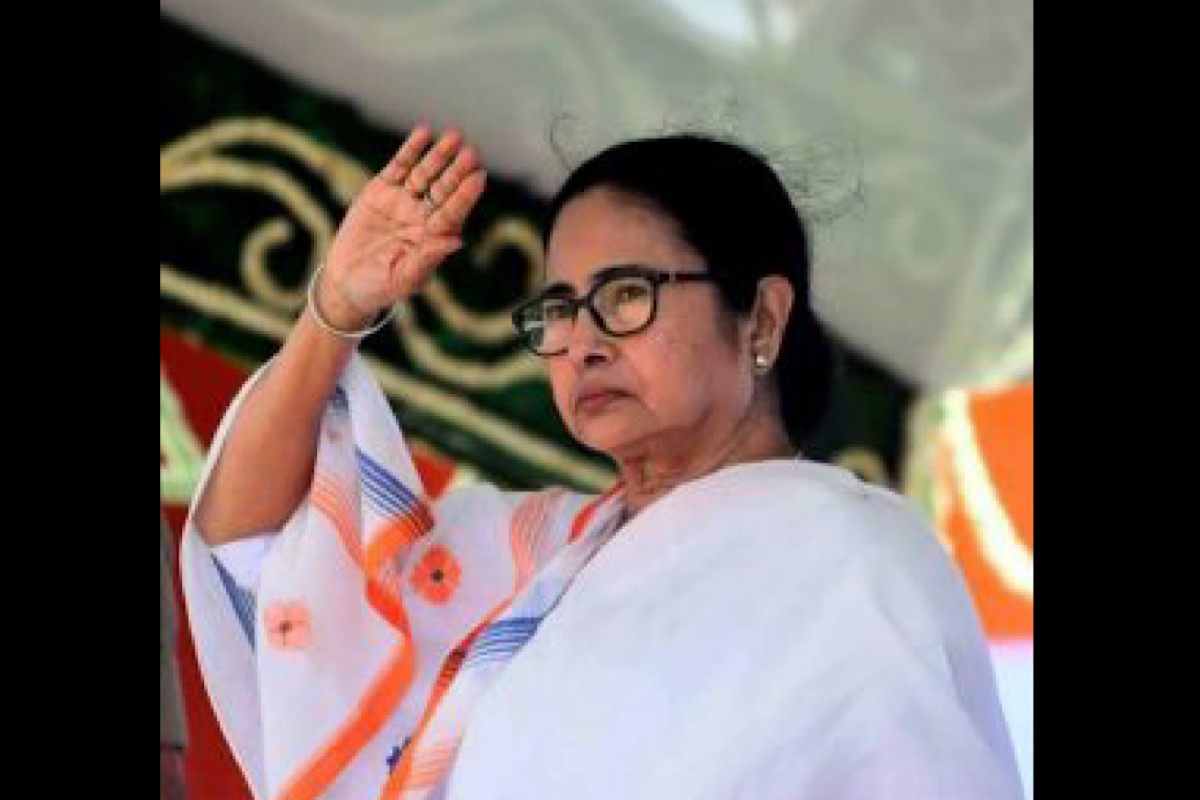The Women’s Reservation Bill has now been officially passed debated for approval in the Rajya Sabha, the upper house of Parliament, it would be interesting to reflect on one aspect of the “one-thirds quota” issue which politicians in West Bengal are not going to let go and why should they? Before the Central government pats itself on the back for calling a Special Session of Parliament to discuss, debate and push through the historic bill, politicians in West Bengal, literally cutting across party lines, are pointing out how legislature or not, advetently or inadvertently, the state has been practicing a policy of as much as one-thirds representation by women in positions of power. Earlier this week, Derek O’Brien, Trinamool’s Rajya Sabha member, pointed out that his party already had “one-thirds”representation by women in Parliament.
He said that since nine of Trinamool’s twenty three Members of Parliament are women, it was around forty percent right there. The fiery Trinamool leader who was making a point about how women’s rights and the importance of representation by women was an integral part of the ethos of Trinamool, which, incidentally, is led by the country’s only woman chief minister currently, also quipped that the Bharatiya Janata Party, on the other hand, has only 14 percent women representatives as Members of Parliament.
Advertisement
During the last general elections, seventeen women were given tickets by the Tri- namool to contest the forty- two seats, which was tantamount to approximately forty percent reservation.
Not just the Trinamool. According to Communist parties, which ruled West Bengal for thirty-four years the former Left Front Government was among the first to try to put in place the prac- tice of reservation for women, especially at the level of the local, rural governments. In an interview to The Statesman, Sujan Chakraborty, leader of the Communist Party of India (Marxists) said, “The Left parties had discussed the importance of having women as representatives in governments from as early as 1978 (a year after the Left Front Govern- ment came to power). In the Panchayat polls the Left fielded two women candidates in each of the gram pan- chayats.” It was not until the rural elections of 1988 and subsequently the rural elections of 1993 five years later, however, that it could be successfully implemented, he said.
“However, the Left parties were the first to demonstrate their commitment to women’s reservation and we feel that it should have been done long ago,” Chakraborty said. It looks as though the famous words of the renowned social reformer of the late nineteenth and early twentieth century, Gopal Krishna Gokhale, who said that “What Bengal thinks today, India thinks tomorrow,” is once again become relevant in the contest of the Women’s Reservation Bill.











